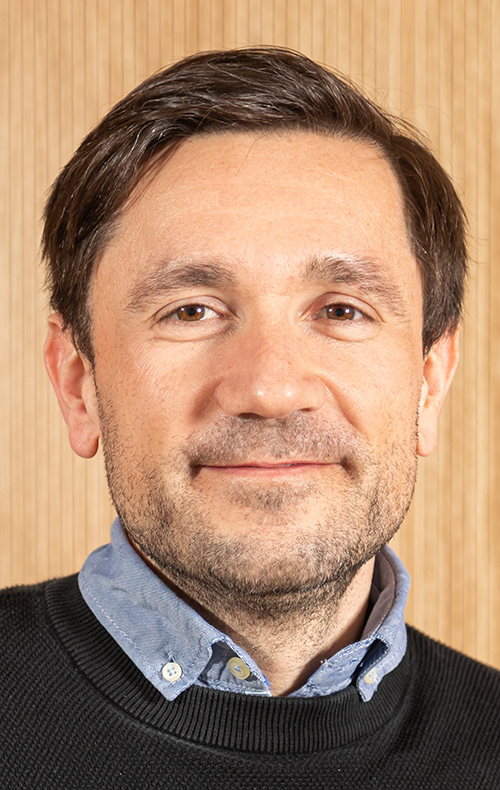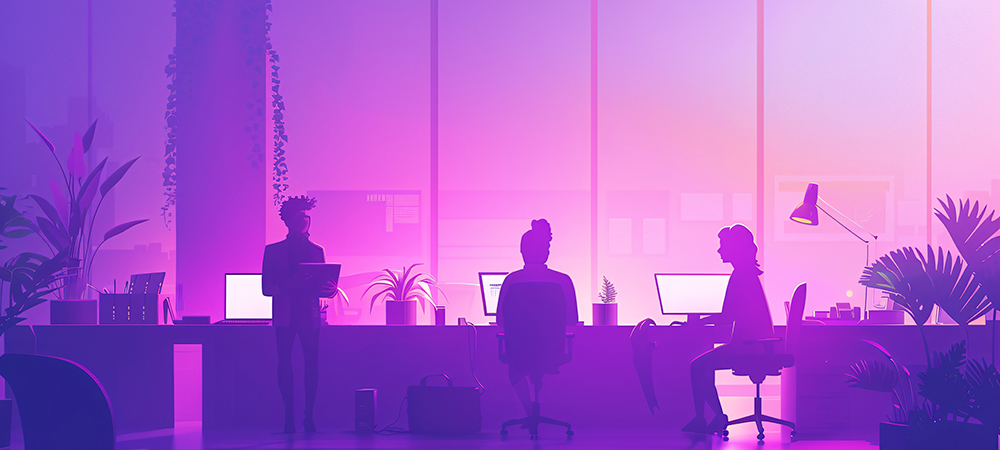Martin Huber, CEO and Co-founder of 3D modelling and spatial data company Metaroom by Amrax, discusses how digital twins are opening the door to the adoption of new lighting solutions.

Architects, designers, constitution companies, facility managers and site owners alike have realised the power and value of spatial design in their day-to-day jobs. One of the most compelling applications of this trend is to easily scan buildings to create 3D digital twins which can then be the subject of the most granular experimentation. A huge range of factors from wireless network coverage and furniture layout to airflow and heating can be adjusted virtually by the user to find the optimum solution. In the past, this process would be incredibly costly, time consuming and fraught with potential risk. Now, anybody, with the minimum of training, can use these platforms to create the ideal design for their needs, and, crucially, easily liaise with other stakeholders to amend and confirm their plans.
Why this matters for the lighting industry is that one of the most experimented with factors is how buildings are illuminated. This stands to reason – lighting has a profound impact on the comfort and ascetic of a building as well as its functionality. Due to higher energy costs and the need for improved sustainability, there is real value to be had in finding highly efficient lighting solutions. Meanwhile legislation, such as the recently introduced amendment to the RoHS Directive, continues to render the need for innovation, especially in terms of efficiency, more critical.
Experimentation with digital twins is not confined to finding out how to light a building with as few light fittings as possible, it’s also about how you can creatively use light to create the best possible environment.
Saving money on traditional lighting solutions will also increase the willingness of building owners/designers and facility managers to allocate more resources to cutting edge technology such as UV disinfection. These lighting solutions can improve the overall healthiness of a space. This isn’t just attractive to the healthcare industry – it’s relevant to any business that seeks to improve the wellbeing of their employees while also reducing time lost to sickness. Higher up on the innovation scale is smart lighting enabled by quantum dot technology. Designers can now create lighting environments that closely mimic actual daylight and can be linked to a building user’s circadian rhythm to dynamically change in line with how sunlight differs throughout a normal day. Research has shown that this has a huge impact on wellbeing and could be transformative during the long winter months or for workers on night shifts.
However, the sector where we are likely to see the biggest demand is within dynamic and IoT lighting systems. This is because digital twins and spatial computing also opens the door to the holy grail of building design – truly smart buildings. As many will be aware, this is the concept that every factor within a building is controlled via a series of smart devices and AI to react in real time to external and internal variables to create, in essence, a living environment. Lighting is obviously one of the major factors within that scenario and companies which provide these smart integrated solutions are going to see major interest in their products.
The final opportunity for lighting companies is working more closely with tech platforms within the 3D modelling space to directly integrate their products into these applications. This will enable users to experiment directly with existing and even potential new products during the design process. Lighting companies will also be able to collect data on how designers are innovating which will provide invaluable product development insights. Closer integration with modelling platforms also has the virtue of helping the technology to develop. Lighting companies can provide their deep expertise to enhance the customer experience by suggesting new functionalities. This in turn should enable users to do even more experimentation driving further innovation in a virtuous cycle.
It’s not hyperbole to say that the advent of digital twins and spatial design has the potential to kick start an era of disruption within lighting that hasn’t been seen since the invention of the compact fluorescent lamp. Within the decade we are likely to see a range of innovative new solutions that challenge how we think of lighting spaces. For lighting companies that prioritise innovation over business as usual there will be a real opportunity to gain a substantial competitive edge.




